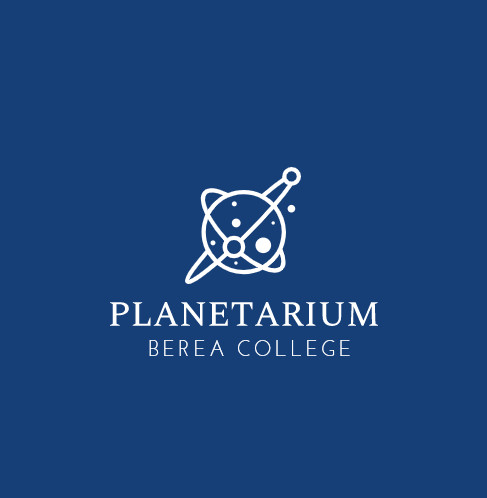| Show | Description | Tags |
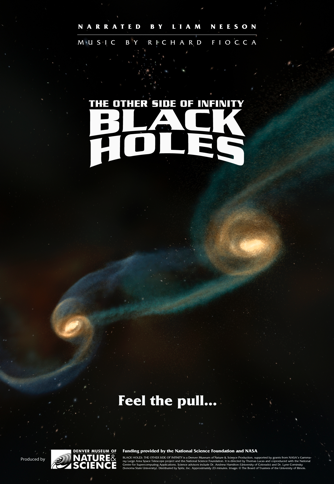 | Black Holes: The Other Side of Infinity, this cutting-edge production features high-resolution visualizations of cosmic phenomena, working with data generated by supercomputer simulations, to bring the current science of black holes to the dome screen. Audiences will be dazzled with striking, immersive animations of the formation of the early universe, star birth and death, the collision of giant galaxies, and a simulated flight to a super-massive black hole lurking at the center of our own Milky Way Galaxy. | Appropriate Ages: |
| Subject Areas: | ||
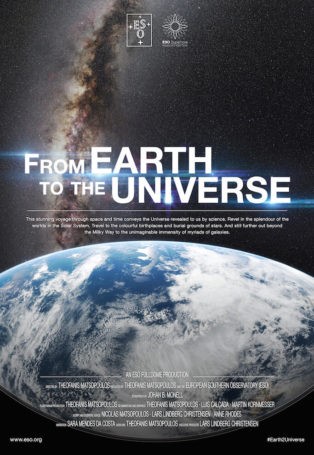 | The night sky, both beautiful and mysterious, has been the subject of campfire stories, ancient myths and awe for as long as there have been people. A desire to comprehend the Universe may well be humanity’s oldest shared intellectual experience. Yet only recently have we truly begun to grasp our place in the vast cosmos. To learn about this journey of celestial discovery, from the theories of the ancient Greek astronomers to today’s grandest telescopes, we invite you to experience From Earth to the Universe. | Appropriate Ages: |
| Subject Areas: | ||
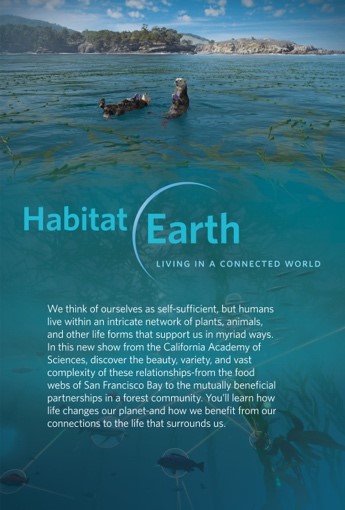 | Living networks connect and support life forms large and small—from colonies of tiny microbes and populations of massive whales to ever-expanding human societies. In the California Academy of Sciences’ latest original planetarium show, Habitat Earth, discover what it means to live in today’s connected world. Through stunning visualizations of the natural world, dive below the ocean’s surface to explore the dynamic relationships found in kelp forest ecosystems, travel beneath the forest floor to see how Earth’s tallest trees rely on tiny fungi to survive, and journey to new heights to witness the intricate intersection between human and ecological networks. | Appropriate Ages: |
| Subject Areas: | ||
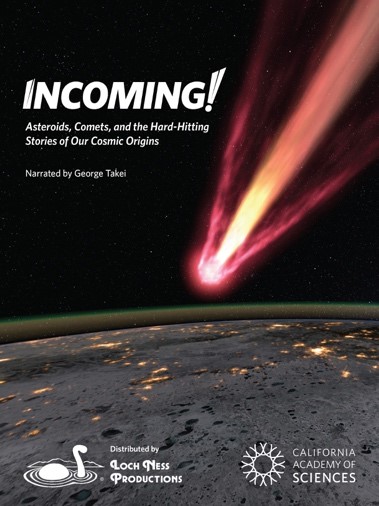 | Asteroids and comets have collided with our planet throughout its history, changing the course of life on Earth and shaping the world we know today. Incoming! explores the past, present, and future of our Solar System and the landmark discoveries scientists have made sending spacecraft to visit tiny worlds. Cutting-edge visualizations bring data from current NASA missions to life while taking audiences on a ride through the dynamic story of our cosmic origins. We’ll learn what these impacts from above can teach us—and how scientific advances may allow us to find and track cosmic threats before they reach planet Earth. | Appropriate Ages: |
| Subject Areas: | ||
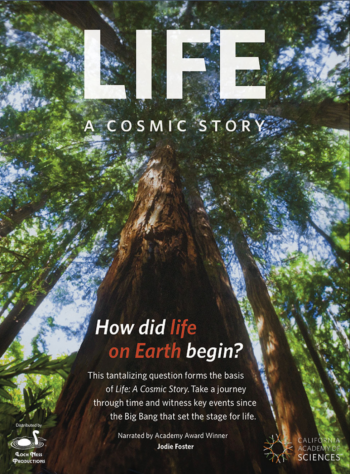 | Life: A Cosmic Story asks; how did life on Earth begin? This tantalizing question forms the basis of Morrison Planetarium’s newest show, narrated by two-time Academy Award winner Jodie Foster. Begin your journey by “shrinking” down to enter a single redwood leaf and discover that all life on Earth shares a common ancestry. Then, travel through time to witness key events since the Big Bang that set the stage for life. Along the way, you will see two scenarios for the dawn of life on early Earth and discover how our planet has changed since those microscopic beginnings. | Appropriate Ages: |
| Subject Areas: | ||
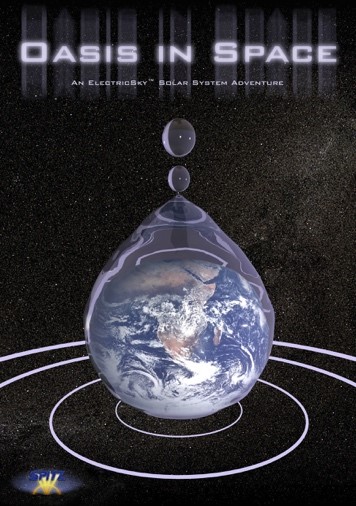 | Oasis In Space transports the audience on a startling and beautiful voyage through our universe, galaxy and solar system in search of liquid water, a key ingredient for life on Earth. We start by exploring Earth, with its vast oceans that make life possible. One by one, we fly by the other planets and moons, accompanied by full descriptions of their characteristics, such as atmosphere, temperature, and composition. Spectacular pictures invite students to draw their own conclusions about the other orbiting bodies in our solar system: is there water out there? Is there life beyond Earth? | Appropriate Ages: |
| Subject Areas: | ||
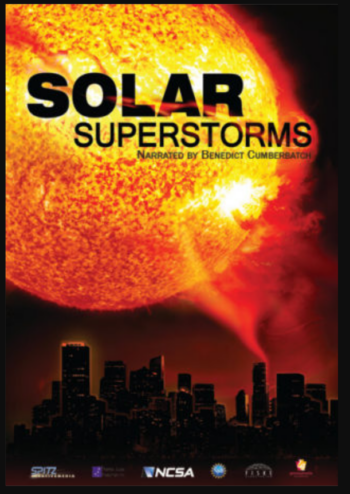 | Fury is building on the surface of the Sun: high-velocity jets, a fiery tsunami wave 100,000 km high, rising loops of electrified gas. What’s driving these strange phenomena? How will they affect planet Earth? Find the answers as we venture into the seething interior of our star. Solar Superstorms takes viewers into the tangle of magnetic fields and superhot plasma that vent the Sun’s rage in dramatic flares, violent solar tornadoes, and the largest eruptions in the Solar System: coronal mass ejections. | Appropriate Ages: |
| Subject Areas: | ||
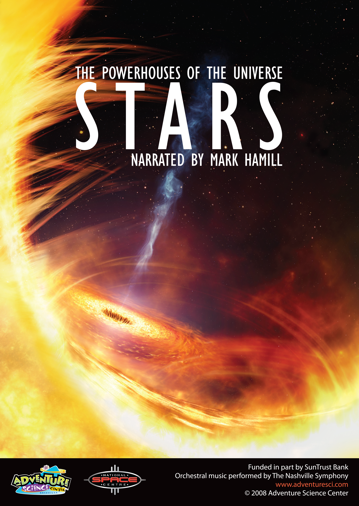 | Every star has a story. Some are as old as time, faint and almost forgotten. Journey to the furthest reaches of our galaxy and experience both the awesome beauty and destructive power of stars. STARS focuses on the lives of the stars, how they are born, how they die, and how human understanding of the stars has changed over time. From Native Americans to Newton, from the electromagnetic spectrum to Einstein, audiences will explore nebulae, star clusters, pulsars, black holes, and more. | Appropriate Ages: |
| Subject Areas: | ||
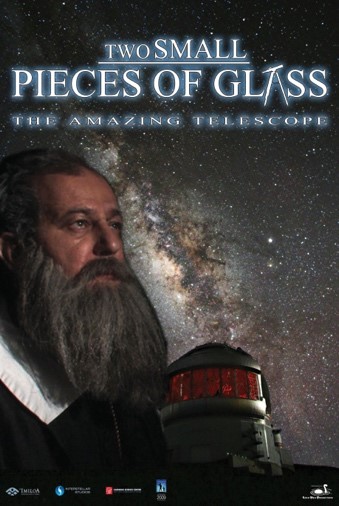 | With Two Pieces of Glass, 400 years ago, a simple adjustment to a child’s spyglass revealed for the first time an infinite and perplexing universe to your eyes and imaginations. Join us today, as the world’s great telescopes, born of that serendipitous moment, gaze ever further into the distant past — and into our future. While attending a local star party, two teenage students learn how the telescope has helped us understand our place in space and how telescopes continue to expand our understanding of the Universe. Their conversation with a local female astronomer enlightens them on the history of the telescope and the discoveries these wonderful tools have made. The students see how telescopes work and how the largest observatories in the world use these instruments to explore the mysteries of the universe. | Appropriate Ages: |
| Subject Areas: | ||
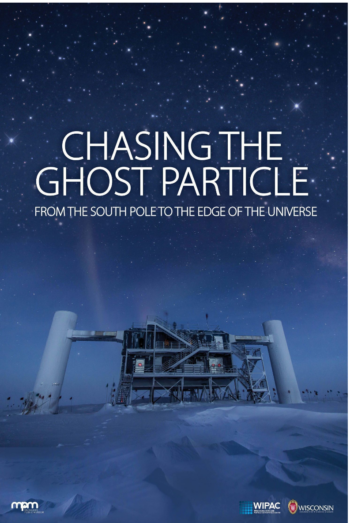 | Deep in the ice at the heart of Antarctica, the biggest and strangest detector in the world waits for mysterious messengers from the cosmos. Scientists are using tiny and elusive particles called neutrinos to explore the insides of stars and galaxies. These ghostly neutrinos give us an exclusive look into exploding stars and black holes. In this 30-minute show, stunning views of the most extreme places in our universe, the galaxies around us, and the Earth and the Sun are the prelude to a thrilling journey inside the detector, looking for traces of neutrinos from when they collide with atoms in the ice. From one of the most remote locations on Earth to the unexplored regions of the cosmos, Chasing the Ghost Particle: From the South Pole to the Edge of the Universe will take you on a journey you will never forget. | Appropriate Ages: |
| Subject Areas: | ||
 | Explore the sun in all its glory in this fulldome show. Sunstruck takes us on a journey to discover the wonders of our magnificent sun and investigate how our star has supported life on Earth for millennia. This program includes information on the structure of our sun, the source of its energy, and how solar activity impacts our world. | Appropriate Ages: |
| Subject Areas: | ||
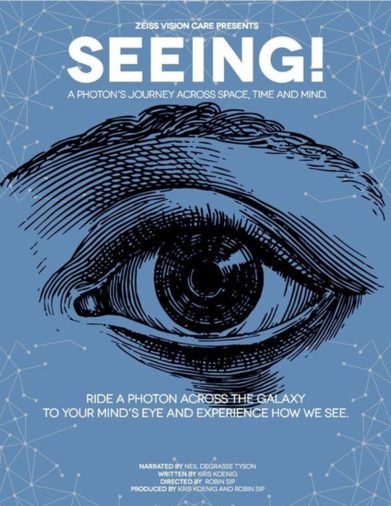 | Follow the journey of a single photon as it is produced in a distant star, before travelling across the vast expanse of space to land on someone’s retina. Talk about Seeing! This fulldome planetarium show explores some of the fascinating processes of the cosmos, from astrophysics to the biology of the eye and brain. The show is narrated by astronomer and science communicator, Neil deGrasse Tyson. | Appropriate Ages: |
| Subject Areas: | ||
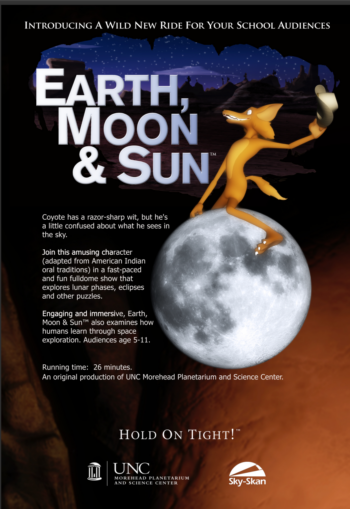 | Coyote has a razor-sharp wit, but he’s a little confused about what he sees in the sky. Join this amusing character (adapted from American Indian oral traditions) in a fast-paced and fun show that explores lunar phases, eclipses, and other puzzles. Engaging and immersive, Earth, Moon and Sun also examines how humans learn through space exploration. It is a perfect show for school audiences! The show is a production by the UNC Morehead Planetarium and Science Center | Appropriate Ages: |
| Subject Areas: | ||
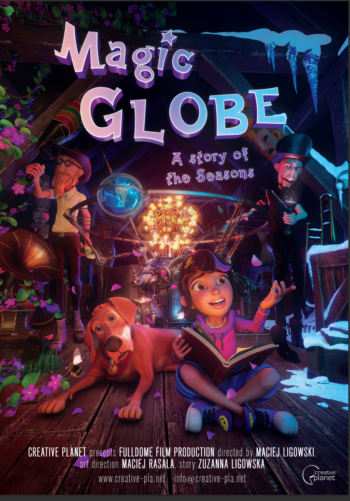 | On vacation at her grandpa’s, a little girl named Mia accidentally discovers a mysterious piece of astronomical machinery. Edmund, Mia’s eccentric uncle, tricks the girl into using the tool’s secret powers to change the world’s seasons. She realizes the consequences of what they are going to do, but Edmund doesn’t want to let the plan go. “Magic Globe” is an engaging story designed to interest and challenge children from 5 to 12 years old. It has a clear educational structure, with all science-related topics broken down into manageable chunks and naturally woven into the storyline. It allows children to recap knowledge they already have as well as learn multiple new concepts while following the story, which makes it perfect for mixed-ability audiences. | Appropriate Ages: |
| Subject Areas: | ||
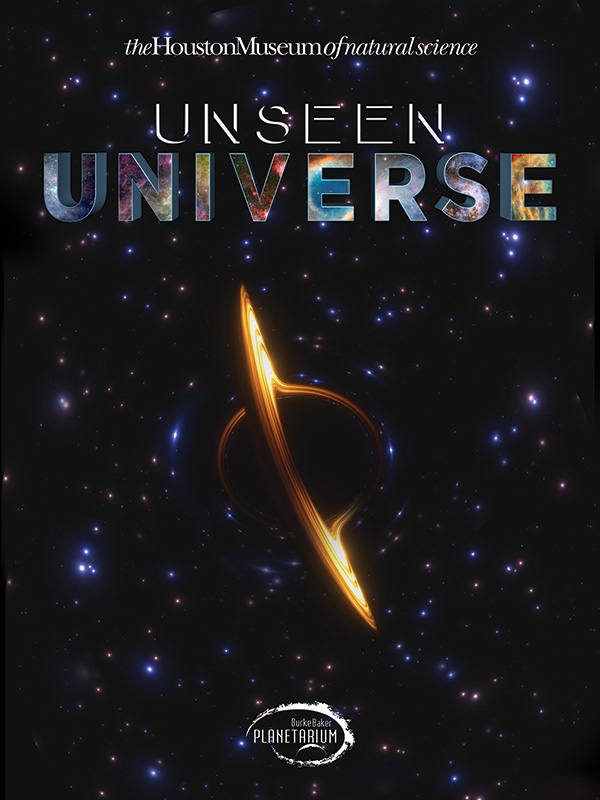 | For millions of years, our view of the heavens has been limited by our eyes, allowing us to only see a narrow band of electromagnetic radiation we call visible light. For the first time ever, in the greatest breakthrough since the invention of the telescope, we now have the technology to capture the Universe over an amazing width of the spectrum and beyond. We can even interlink telescopes around the world to capture data on a global scale. Made in association with ESO and the Houston Museum of Natural Science, Unseen Universe provides a stunning visual treat as we explore the latest splendors of the heavens with a stirring score performed by the Utah Film Orchestra. It is an uplifting look at the new era of astronomy and what has yet to come. Unseen Universe makes what was once thought to be unseeable, seeable | Appropriate Ages: |
| Subject Areas: | ||
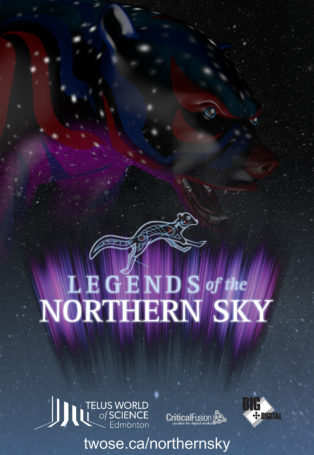 | Legends of the Northern Sky For thousands of years, humanity has gazed at the stars in wonder in a search for understanding, truth, and insight. With that big a canvas spread out before us every night, it is no wonder that the stars served as a foundation for exploring human nature, a mechanism for looking back at ourselves. Take a journey with the Indigenous peoples of the western plains of Canada and share the wisdom conveyed by the stars. The Indigenous people of North America connected with the night sky in fundamental ways that resonated with their world. In Legends of the Northern Sky, we learn and appreciate their stories in the stars and in turn, learn a little bit more about the spirit that connects us all | Appropriate Ages: |
| Subject Areas: | ||
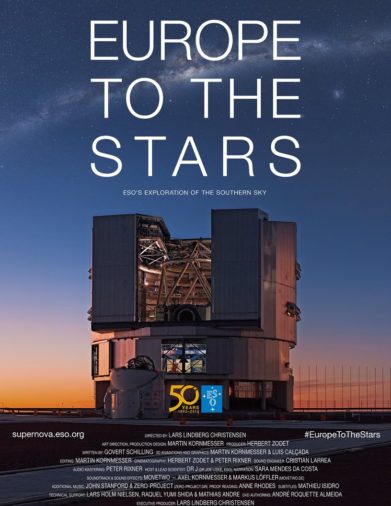 | Europe to the Stars takes the viewer on an epic journey behind the scenes at the most productive ground-based observatory in the world, revealing the science, the history, the technology and the people. Discover the European Southern Observatory in a story of cosmic curiosity, courage and perseverance; a story of observing a Universe of deep mysteries and hidden secrets; and a story of designing, building and operating the most powerful ground-based telescopes on the planet. The movie focuses on the essential aspects of an astronomical observatory, while offering a broader view of how astronomy is done. From site-testing to locate the best places in the world for observing the sky, to how telescopes are built and what mysteries of the Universe astronomers are revealing. | Appropriate Ages: |
| Subject Areas: |
